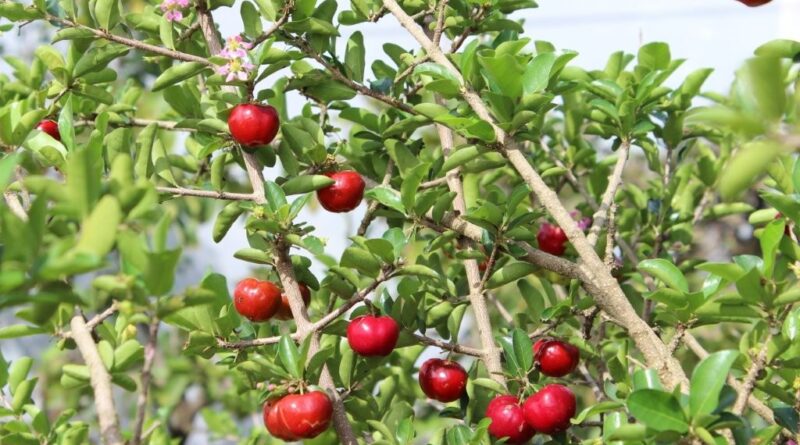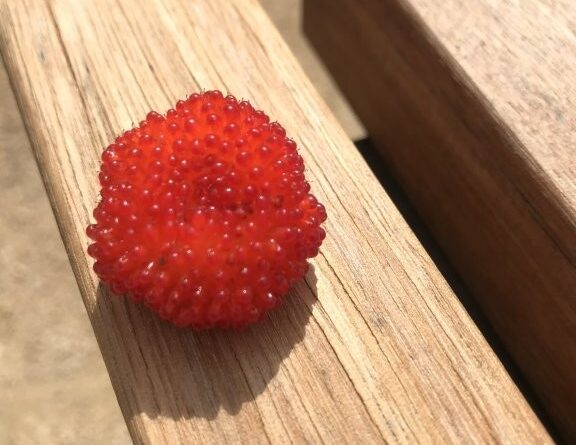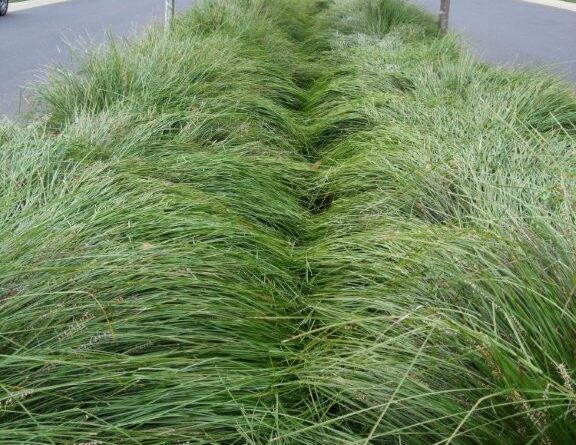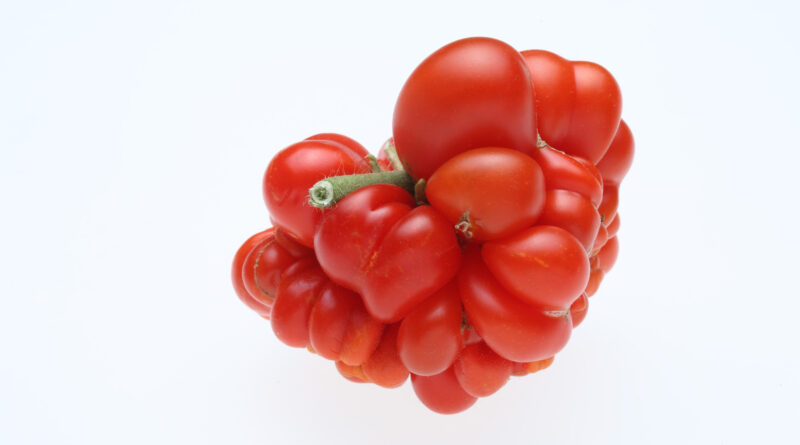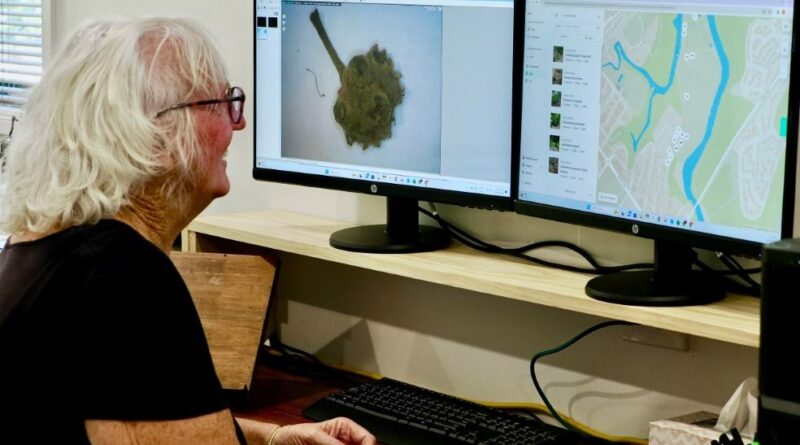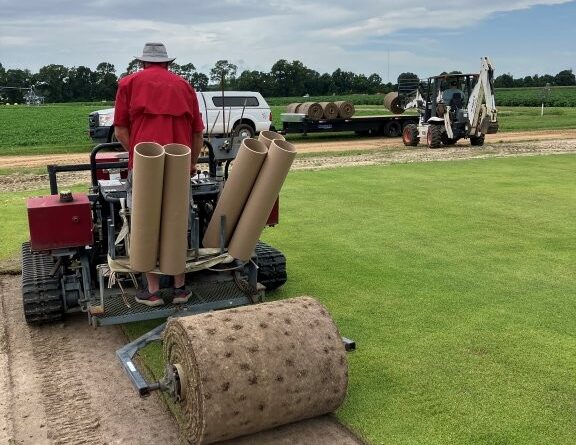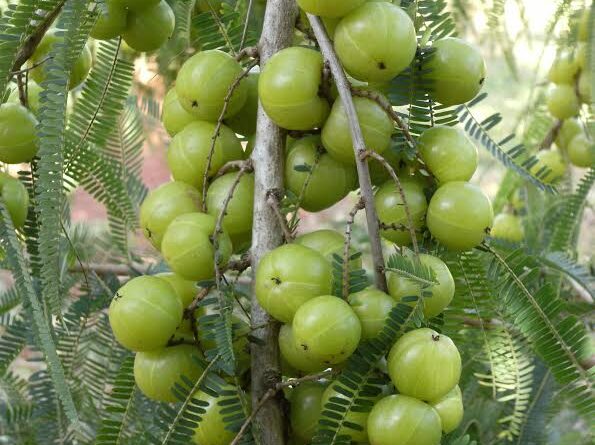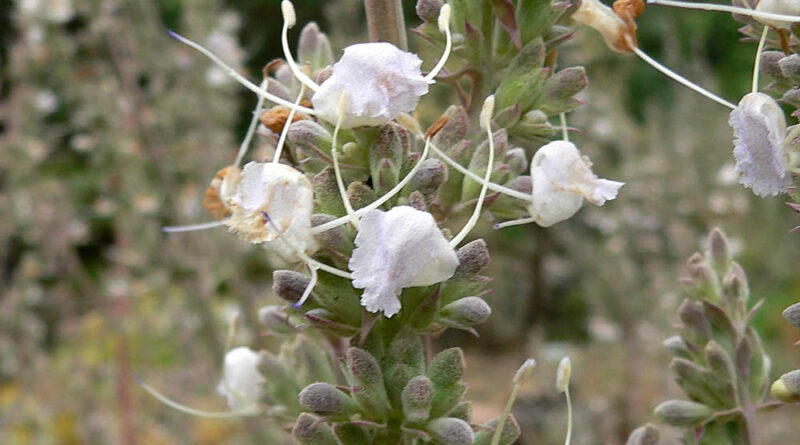The perfect cherry for a tropical Christmas
By Caleb Roberts
Botanical name: Malpighia emarginata ‘Florida Sweet’
Common name(s): Acerola, Barbados cherry, West Indian cherry, wild crepe myrtle, Antilles cherry
Family: Malpighiaceae
Origin or native range: Hailing from Central America and Mexico, the highest production of Malpighia emarginata (Syn.… Continue reading
Read More
